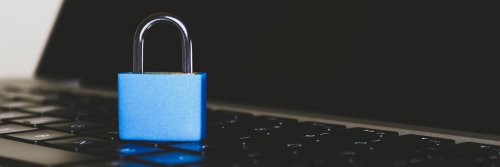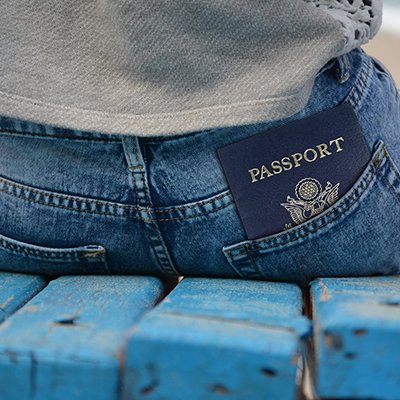Yes, there are grubs worldwide who will do anything to cash in on your lax cybersecurity behavior, especially when traveling. You can't change the nature of these lowlifes who have no moral backbones, but you can change your own behavior to protect yourself and your precious money. You don't want to front up to a luscious hotel only to find out when you are paying that your credit card has been totally maxed out by unscrupulous hackers.
Mobile devices—phones, laptops, tablets, USB, and SD cards—are prime targets for thieves on an international scale. Over one million people are in the air at any given time during a single day, which translates to airports being the ultimate hunting grounds for cyber thieves.
Before you get to the airport
- Leave any devices that you don’t really need at home.
- Back up your data and keep a secure copy at your residence.
- Either enable international roaming to get any SMS messages (alerts from your bank) or buy a regional or global eSIM card, but be sure that the brand you are using will work in the country you are going to.
- Ensure that your accounts have multi-factor authentication before you can log in. If MFA isn’t an option, secure devices with a PIN or passphrase (say four random words) that does not include any personal details and is unique and long.
- If the mobile is capable, use biometric security—face or fingerprint.
- Ensure your mobile is set to lock itself automatically after a short time of not being used.
- Use a password manager to create random passwords.
- Check that the mobile is updated with the latest security offered.
- Ensure that any antivirus software is updated and working.
- Delete any offending media posts about the government or country you are heading to.
If you really want to go on holiday stress-free, buy a burner phone with no personal data on it.
And, for your own peace of mind, invest in an RFID & Anti-theft personal bag.
From the airport onwards
There are a lot of things you should NEVER DO:
- Leave your device unattended, in hotel safes, or in check-in luggage.
- Write down passwords or MFA tokens with the devices they grant access to.
- Lend your device to someone you don't know personally—this includes any new travel besties for any reason, including connecting their device to yours or making an emergency call because their mobile is out of charge.
- Use unauthorized or gifted chargers.
- Use removable media for data transfer or backup that is not yours—it could contain malicious code.
- Use open or untrusted Wi-Fi networks.
- Share personal information or where you are at any given time on social media, especially where you stay or flight details.
The other things to think about
- Encrypt communications using a virtual private network or merely encrypt email or messages on apps.
- Disable communication capabilities on mobile devices when you are not using them.
- It’s a good idea to occasionally reboot your device.
- If a mobile device is taken out of sight to be inspected by foreign government officers, consider that it may be compromised. The same goes if you lose your mobile or it's stolen and subsequently found and returned to you.
- Back up your data often using a cloud service as a just-in-case measure (turn on automatic backup in case you forget to do it).

How to know if your device has been compromised
- Excessive data and/or battery usage.
- Hot batteries when not being used.
- Advertisements or pop-ups on social media that are totally random.
- Spam emails that are unknown and more frequent than what you may normally get at home, either in the outbox or inbox.
- The device is slow or crashes frequently.
- The hard hitter in the cash department, of course, is unexpected activity.
When you arrive home after your holiday
- Think about changing passwords and PIN numbers.
- Wipe any removable storage used while traveling.
Above all, don’t make it easy for cyber thieves to get a handle on your private information.
Gail Palethorpe, a self proclaimed Australian gypsy, is a freelance writer, photographer and eternal traveller. Check out her website Gail Palethorpe Photography and her Shutterstock profile.















